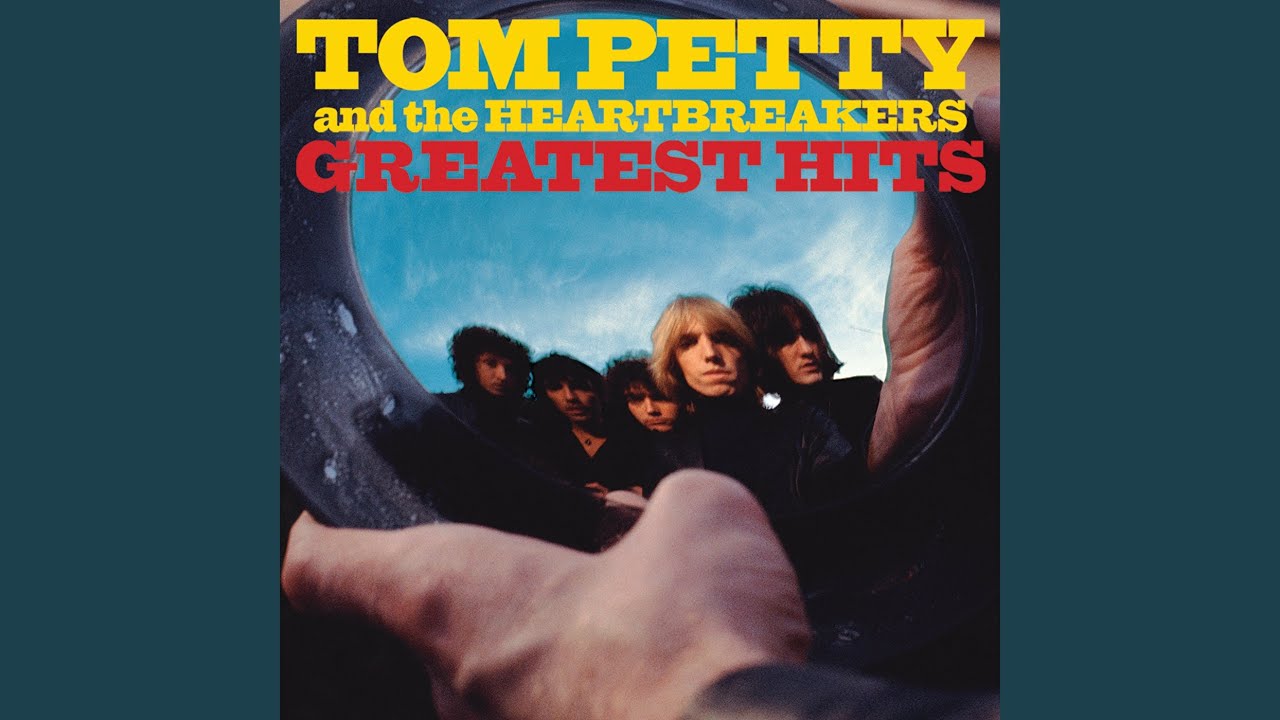Hi Steve @fallonsteve291
Well, although it does sound tough, most of the music theory you need to get this down is fairly easy. 
Basically, when talking about the notes using numbers (like 3 and 5) the numbers refer to the notes in a scale and usually this means the major scale. As you probably know, there are 12 different major scales (just like there are blues harps in 12 different keys). From your question, I can tell that you are speaking about a C harmonica.
What you seem to asking about is why the -5 on a C harmonica (which, as you correctly said, is the note F – as is the -2" and also the -9) is called the flat 7 (or b7). Well, the -2", -5 and -9 are only called the flat 7 when you play the harmonica in second position (which means you are playing in the key of G and not in the key of C). Believe me – even if you didn’t know this before.
Now you need to know which notes occur in the G major scale – which you can find on wikipedia (here is the link). The seven notes of this scale are:
G A B C D E F#
The numbering of the notes in the G major scale begins with the G (also called the root note of the G major scale) and it is, of course, the number 1. Number 2 is then the A, number 3 is the B, etc. up to the seventh note which is F#. But on your C harp -2", -5 and -9 are each F but not F#. The difference between these two notes is that if you flatten (i.e. lower the pitch) F# by a half step you get the note F – so that is why -2", -5 and -9 are known as a flat 7. They are the seventh note of the G major scale, F#, that is lowered in pitch by a half step (aka “flattened”) to F.
As for your remark about the minor chord having a flat 3rd – this is true. But that note is only a Bb when we are speaking about the G major scale and its minor chord (which is made with the notes G Bb D). Looking above, you see that the 3rd note of the G major scale is a B. The note Bb is not in the G major scale. But if we lower that 3rd note (B) by a half step (and play -3’ on our C harp) we have it: Bb!
For harps in other keys, this is somewhat different (but still the same concept applies). For example the A harp played in 2nd position is using the E major scale, which has the notes (hold on to your seat):
E F# G# A B C# D#
and on that A harp -2", -5 and -9 each give you a D (not D#) and, as you can see, D is the flat 7 note of the E major scale. Since the minor chord for the E major scale is played with the notes E G B, you should now see that G is the flat 3rd of the E major scale’s 3rd note (G#).
I perhaps went overboard here, and if so I apologize.  If you have further questions about this, ask again and I will try to clear up any difficulties.
If you have further questions about this, ask again and I will try to clear up any difficulties. 
Regards,
– Slim 
![]()

